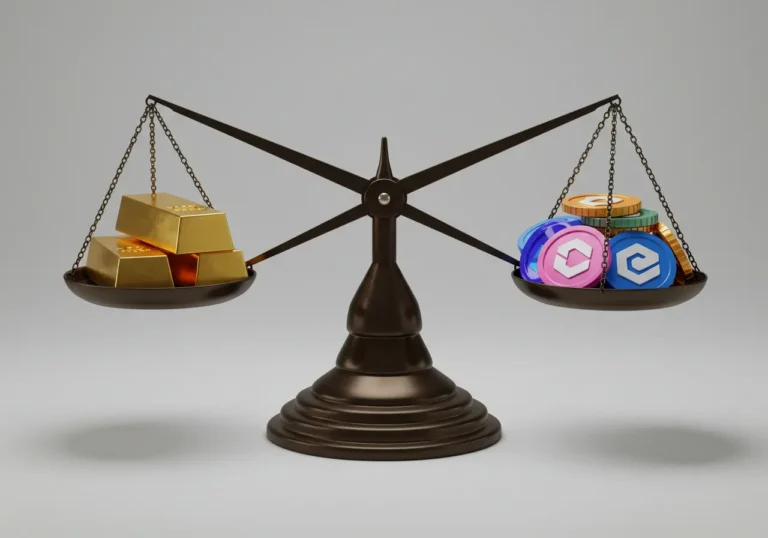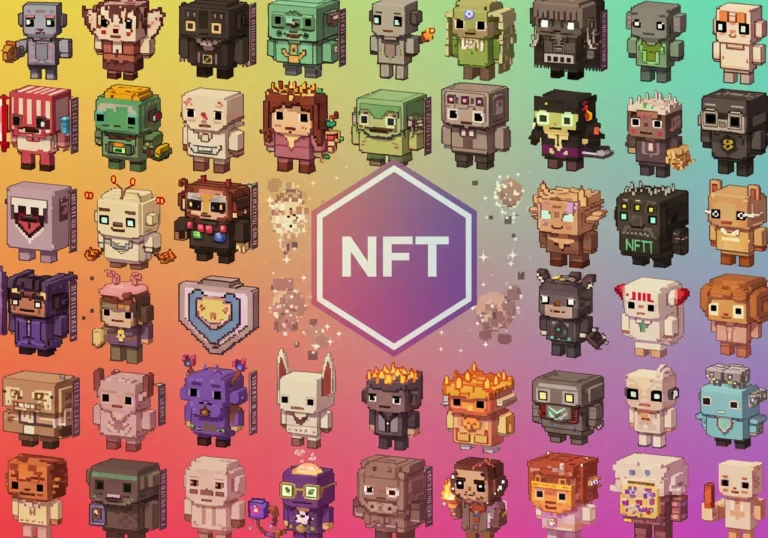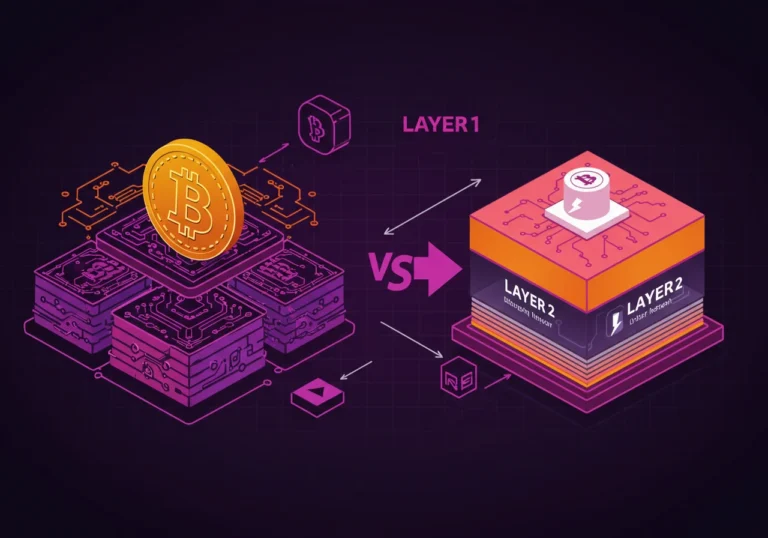Understanding Hashes in Blockchain: What They Are and How They Work
So What’s a Hash, Really? (Think Fingerprint!)
The hashes isn’t a password or a secret code. It’s a unique digital fingerprint for anything. Toss in a photo, a contract, or even the word “pizza,” and a special math recipe (a hashing algorithm) scrambles it into a fixed string of gibberish. Like this:
- Input: “Good morning!”
- Output:
f6b3d8e...(a real SHA-256 hash)
Change one thing—like “good Morning!” with a capital M—and the whole fingerprint changes:
- Input: “good Morning!”
- Output:
a9c4e2d...(completely different!)
This trick is the core function of hash in blockchain. It turns chaos into order.

Why Blockchain Would Crumble Without Hashes
Imagine stacking blocks in a tower. If someone nudges one block, the whole thing wobbles. Blockchain works the same way—and hashes are the glue holding it together. Here’s how:
- Tamper-Proofing 101
Every block contains the hash of the previous block. Mess with a transaction? You change its hash. Now the next block’s hash doesn’t match. Then the next… and the whole chain screams “FAKE!” It’s like breaking that wax seal. - Space Savers
Hashing a 100-page contract? You get a 64-character fingerprint. Store that instead of the whole document. Efficient and slick. - Privacy Protectors
Your password isn’t stored—its hash is. Hackers steal it? They get junk. Like stealing a map to nowhere. - Speed Demons
Checking a hash takes milliseconds. Scanning a massive file? Minutes.
Key Ideas Made Painless
🔑 Hash vs. Encryption: Totally Different!
| Hash | Encryption |
|---|---|
One-way street. Can’t turn f6b3d8e... back into “Good morning!” | Two-way street. Lock “Hello” with a key → unlock with same key. |
| Proves nothing changed. | Hides secrets. |
| Used for: Blockchains, password checks. | Used for: Secret messages, locking wallets. |
🌳 Merkle Trees: The Family Reunion Trick
Picture your family tree:
- Your fingerprint + Sibling’s fingerprint = Parent’s fingerprint
- Parent’s fingerprint + Aunt’s fingerprint = Family fingerprint
That’s a Merkle tree. It summarizes thousands of transactions into one master hash. Need to verify one deal? Just check its branch—not the whole tree. Saves time, saves space.
⛏️ Mining: The Global Guess Game

Miners race to solve a puzzle: “Find a number that, when added to new transactions, makes a hash start with 0000.” It’s like a lottery with math. First winner adds the block and earns crypto. This consensus algorithm using hash (Proof-of-Work) keeps Bitcoin honest.
Why This Matters to You (No, Really!)
- Trust Without Banks
Send crypto? Its hash locks the details. Miners verify transactions with hash in blockchain in seconds. Altered transaction? Spotted instantly. - Unfakeable Records
Land deeds, medical files, even your will—store their hashes on-chain. Tamper-proof forever. - Password Armor
Good websites store your password’s hash, not the password. Breached? Hackers get useless sludge. - No More Fake Apps
Download software? Match its hash to the developer’s. If they don’t match? Delete it—fast.
The Guts of the Thing (Simplified!)
- Collision Resistance: A good hash function makes duplicate fingerprints near impossible. Like finding two oak trees with identical bark patterns.
- SHA-256: Bitcoin’s hashing algorithm. Tough as nails. Unbroken.
- Hash Pointers: Blocks use these to point backward. It’s the “digital glue” in blockchain.
Wrapping It Up
Next time you send crypto or check a contract, remember the hash. It’s the quiet bouncer checking IDs. The unbroken seal. The fingerprint whispering, “This is real.”
.
Hash Cheat Sheet
- 🔑 What it is: A unique fingerprint for any data.
- 🛡️ Superpower: Makes tampering obvious. Change data → Hash changes.
- 🌐 In Blockchain:
- Links blocks (tamper-proof chain)
- Verifies transactions in seconds
- Summarizes data (Merkle trees)
- Secures mining (hash rate)
- 🔒 Not Encryption: Hashes prove integrity. Encryption hides secrets.
- 💥 Collision Resistance: Good hashes avoid duplicate fingerprints.
- ⚡ Bottom Line: Creates trust without middlemen.

Hello, I’m Edmilson Dias, founder of CoinBringer. I created this platform to guide people through the fast-moving world of cryptocurrency with clarity and safety. With years of research in blockchain and digital security, my goal is to translate complex topics into practical knowledge, offering reliable tutorials, safety insights, and guidance for both newcomers and experienced users.
Discover more from CoinBringer
Subscribe to get the latest posts sent to your email.







